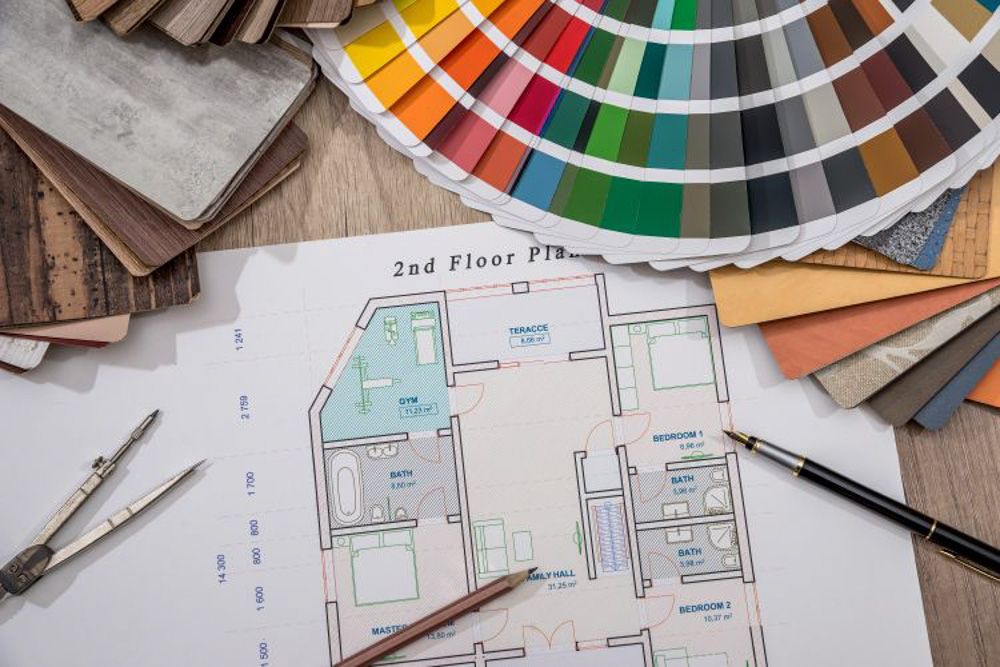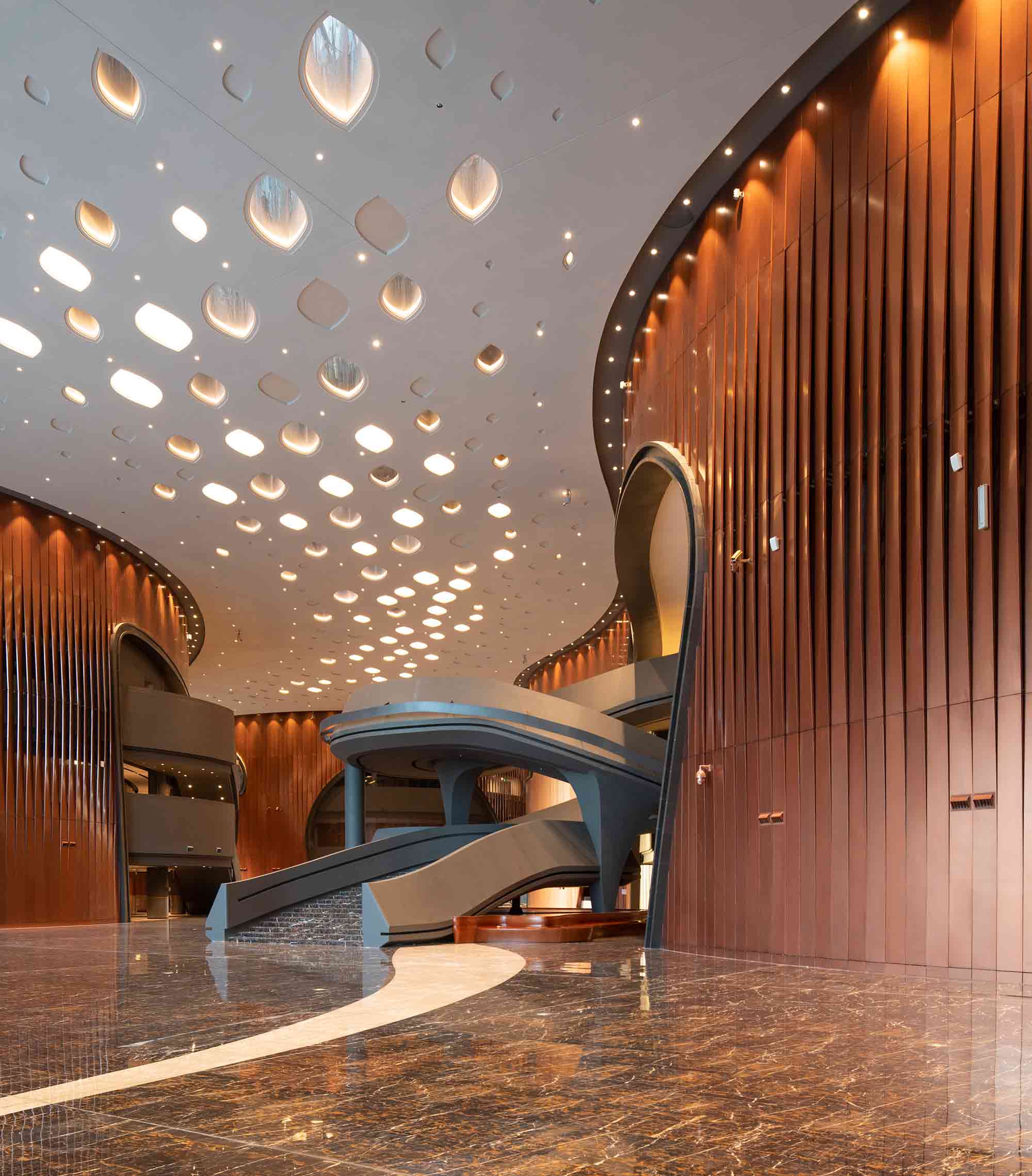Premier Winchester Design Expert for Unique Home Designs
Premier Winchester Design Expert for Unique Home Designs
Blog Article
The Art of Equilibrium: How Interior Design and Home Designer Collaborate for Stunning Results
In the world of home layout, striking an equilibrium in between appearances and capability is no tiny task. This fragile balance is accomplished with the harmonious collaboration between interior designers and engineers, each bringing their one-of-a-kind knowledge to the table. Remain with us as we discover the details of this joint process and its transformative influence on home style.
Understanding the Core Distinctions Between Interior Decoration and Home Design
While both Interior Design and home style play essential functions in creating cosmetically pleasing and practical rooms, they are inherently different disciplines. Home design primarily concentrates on the structural aspects of the home, such as constructing codes, security regulations, and the physical building and construction of the room. It deals with the 'bones' of the structure, dealing with spatial dimensions, load-bearing wall surfaces, and roof covering styles. On the various other hand, Interior Design is much more worried with improving the visual and sensory experience within that structure. It entails selecting and arranging furniture, picking color systems, and integrating decorative elements. While they work in tandem, their roles, duties, and areas of competence diverge significantly in the creation of an unified home atmosphere.
The Harmony In Between Home Style and Interior Decoration
The harmony in between home design and Interior Design lies in a common vision of layout and the improvement of functional aesthetics. When these two areas straighten sympathetically, they can transform a home from common to amazing. This partnership calls for a deeper understanding of each self-control's principles and the capacity to create a cohesive, visually pleasing atmosphere.
Unifying Layout Vision
Unifying the vision for home design and Interior Design can produce a harmonious living space that is both functional and aesthetically pleasing. The equilibrium begins with an integrated state of mind; engineers and interior developers collaborate, each bringing their experience. This unison of concepts develops the design vision, a blueprint that guides the task. This shared vision is crucial for consistency throughout the home, making sure a liquid change from outside design to indoor rooms. It promotes a synergistic strategy where architectural elements enhance Interior Design components and the other way around. The result is a natural home that shows the property owner's way of life, personality, and preference. Hence, unifying the layout vision is essential in blending design and Interior Design for spectacular results.
Enhancing Useful Appearances
How does the synergy between home design and Interior Design boost functional visual appeals? This synergy allows the production of spaces that are not only aesthetically enticing yet also pleasantly useful. Designers lay the groundwork with their structural design, ensuring that the area is sensible and reliable. The interior developer then complements this with carefully picked components that boost the aesthetic appeals without endangering the capability. This harmonious cooperation can cause homes that are both stunning and liveable. An engineer could develop a residence with high ceilings and huge windows. The interior designer can after that accentuate these attributes with sheer drapes and tall plants, specifically, hence enhancing the aesthetic charm while keeping the functional advantages of natural light and space.
Importance of Partnership in Creating Balanced Spaces
The partnership between interior developers and designers is essential in creating well balanced areas. It brings consistency in between layout and style, providing birth to rooms that are not just visually pleasing however likewise functional. Exploring successful joint approaches can offer insights into how this synergy can be effectively accomplished.
Integrating Design and Design
Balance, an important aspect of both interior design and style, can just truly be accomplished when these two areas job in harmony. This joint process results in a cohesive, balanced design where every aspect has a purpose and adds to the overall visual. Integrating style and style is find out not just regarding creating attractive rooms, but concerning crafting rooms that work seamlessly for their occupants.
Effective Collaborative Approaches

Case Studies: Successful Assimilation of Style and Architecture
Checking out numerous study, it comes to be apparent how the successful combination of Interior Design and architecture can change an area. The Glass House in Connecticut, renowned for its minimalistic style, is one such example. Architect Philip Johnson and indoor designer Mies van der Rohe worked together to create an unified balance in between the structure and the inside, resulting in a seamless circulation from the exterior landscape to the internal living quarters. Another prototype is the Fallingwater House in Pennsylvania. Designer Frank Lloyd Wright and indoor designer Edgar Kaufmann Jr.'s collective efforts cause a stunningly special house that mixes with its natural environments. These study underline the extensive influence of a successful style and architecture collaboration.

Conquering Challenges in Layout and Design Collaboration
Regardless of the indisputable benefits of an effective collaboration in between Interior Design and style, it is not without its difficulties. Communication problems can occur, as both events may make use of various terminologies, understandings, and methods in their job. This can cause misunderstandings anchor and hold-ups in project conclusion. Another significant obstacle is the harmonizing act of aesthetics and functionality. Architects may focus on structural integrity and security, while developers concentrate on comfort and design. The combination of these purposes can be intricate. In addition, spending plan and timeline constraints often add stress, potentially triggering breaks in the collaboration. Efficient interaction, common understanding, and compromise are important to get over these challenges and achieve a harmonious and effective cooperation.

Future Patterns: The Evolving Partnership Between Home Architects and Inside Designers
As the world of home layout continues to progress, so does the relationship in between architects and indoor designers. The pattern leans in the direction of a much more incorporated and collaborative technique, damaging devoid of traditional functions. Engineers are no additional hints longer only focused on architectural honesty, but likewise take part in enhancing visual allure - Winchester architect. Conversely, interior developers are embracing technological aspects, influencing total layout and capability. This evolving synergy is driven by developments in modern technology and the expanding demand for spaces that are not just aesthetically pleasing but sustainable and likewise functional. The future promises a more cohesive, cutting-edge, and flexible approach to home style, as developers and engineers remain to blur the lines, cultivating a relationship that really symbolizes the art of balance.
Final thought
The art of balance in home design is attained via the unified partnership between indoor developers and designers. An understanding of each other's techniques, reliable interaction, and shared vision are important in producing visually magnificent, practical, and inviting rooms. Regardless of difficulties, this partnership cultivates growth and innovation in layout. As the connection between home engineers and interior developers progresses, it will proceed to shape future fads, improving comfort, performance, and personal expression in our home.
While both interior layout and home architecture play essential duties in creating visually pleasing and functional areas, they are inherently various disciplines.The synergy in between home design and indoor design lies in a shared vision of style and the improvement of functional aesthetics.Merging the vision for home architecture and interior layout can create a harmonious living room that is both functional and visually pleasing. Hence, unifying the design vision is important in mixing style and interior style for magnificent results.
Exactly how does the harmony in between home architecture and interior style boost useful visual appeals? (Winchester architect)
Report this page